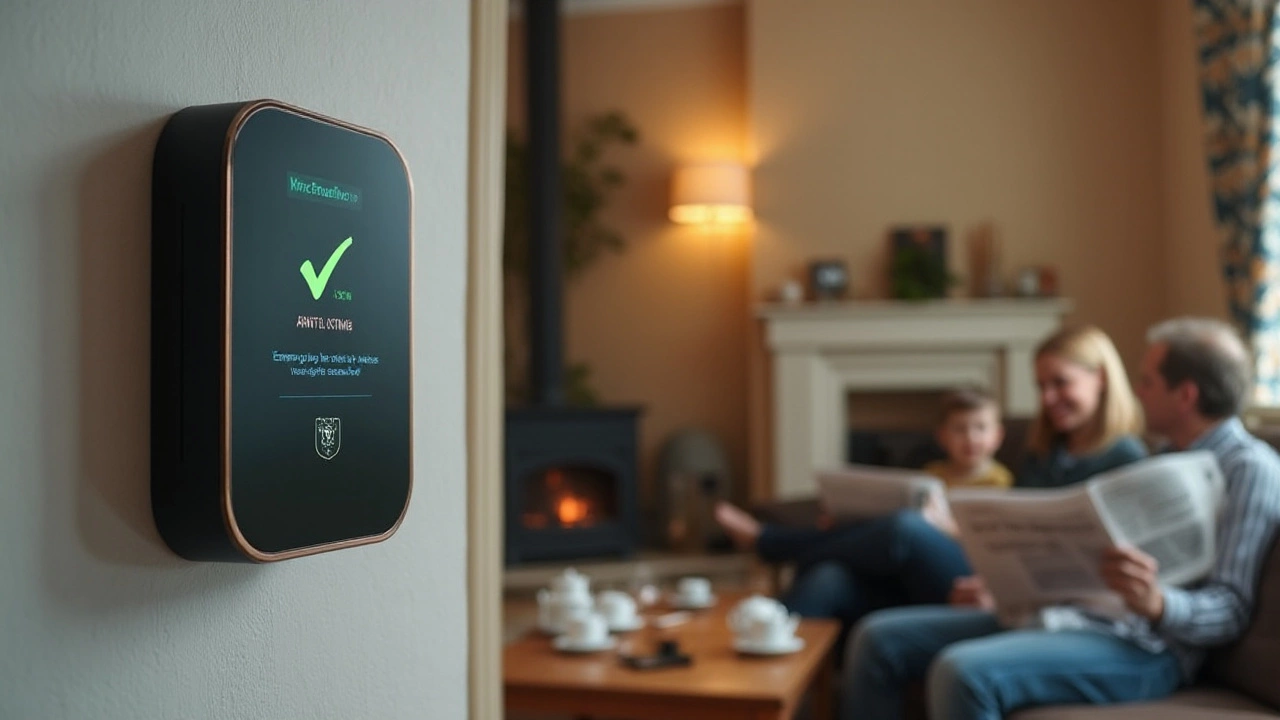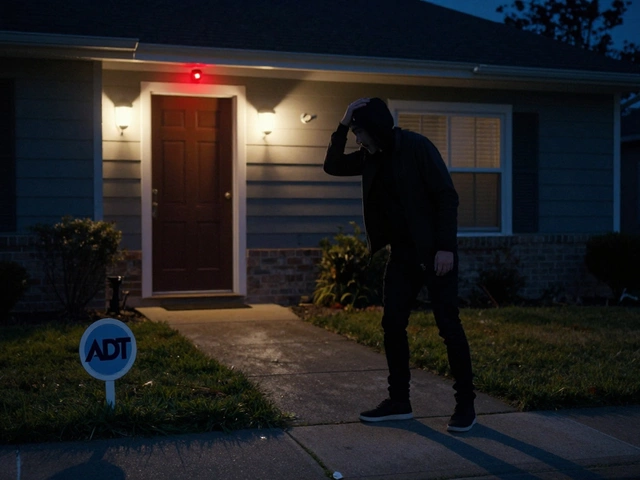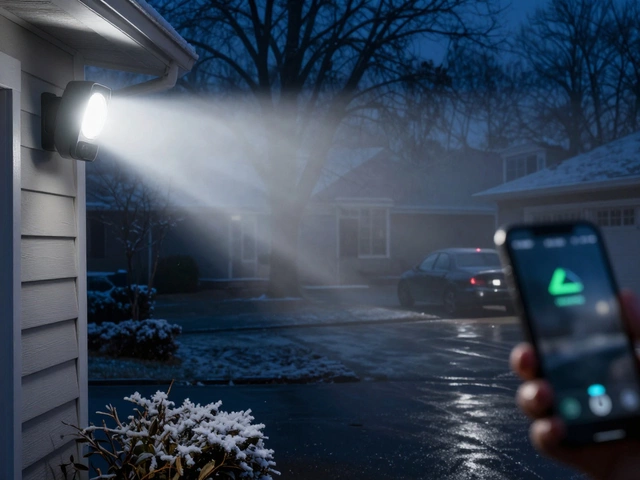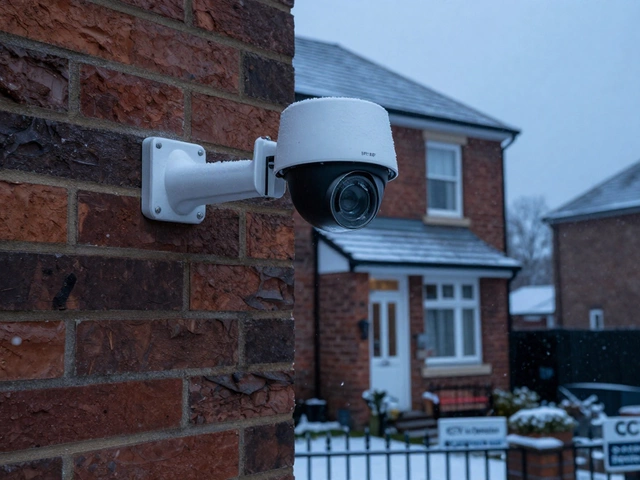Hacking Prevention – Practical Tips to Keep Your Smart Home Safe
Ever wonder how easy it is for a stranger to peek into your living room through a Wi‑Fi camera or unlock a smart lock? The truth is, most hacks happen because owners leave basic doors open. The good news? You can lock those doors with a few quick changes, no tech degree required.
Common Ways Hackers Slip In
First, let’s see where the weak spots are. Most smart devices talk to your router using the same Wi‑Fi network you browse the web on. If your Wi‑Fi password is simple or you’ve never changed the default admin password on a camera, a hacker can guess it in minutes. Second, many video doorbells and cameras store footage in the cloud. Without a paid subscription, the storage may be unprotected, letting anyone with the link watch live feeds.
Third, outdated firmware is a gold mine. Manufacturers release patches for security flaws, but if you ignore update notifications, you’re basically leaving a back door wide open. Finally, third‑party apps that claim to add “cool features” often request more permissions than they need. One rogue app can expose your entire network.
Top Practices to Block Them
Now, the fixes. Start with the easiest win: change every default password. Use a mix of letters, numbers and symbols—think of a short phrase you can remember, not “admin123”. Next, set up a guest Wi‑Fi network for all smart devices. This isolates them from the main network where your computers and phones live, so even if a camera is compromised, the hacker can’t hop to your banking site.
Keep firmware current. Most devices have an auto‑update option; turn it on. If you need to update manually, set a monthly reminder. When you sign up for a video doorbell or camera, check if the free plan stores footage locally on an SD card. Local storage means the video never touches the internet unless you choose to upload it.
Disable features you don’t use. If your smart lock has a “remote unlock” button you never need, turn it off in the app. The fewer entry points, the lower the risk. For Wi‑Fi cameras, enable two‑factor authentication (2FA) if the vendor offers it—this adds a code sent to your phone every time you log in, making it much harder for a brute‑force attack.
Lastly, be picky about third‑party integrations. Only connect your devices to services you trust, and regularly review app permissions in your phone’s settings. If an app asks for “full device control” but only needs to view video, revoke that access.
Following these steps costs little time but pays big in peace of mind. Hackers thrive on complacency; a few minutes of housekeeping can turn your smart home into a fortress. Keep your passwords strong, separate your networks, update often, and stay sharp about app permissions. Your home, your data, and your sleep are worth it.






